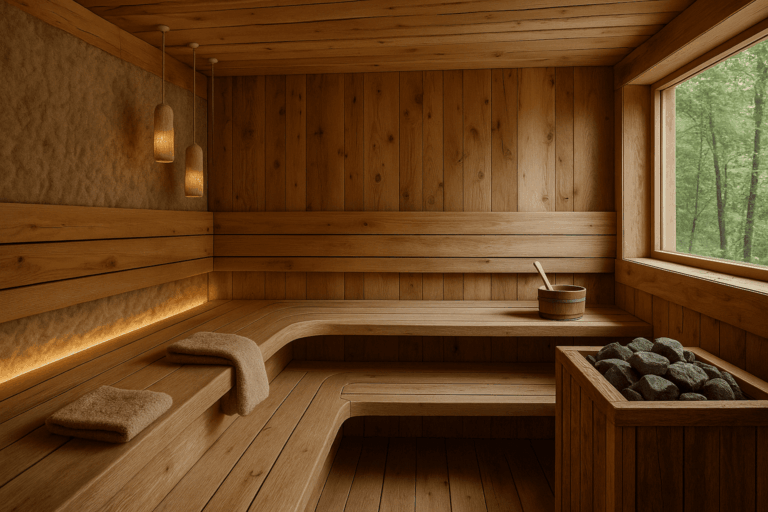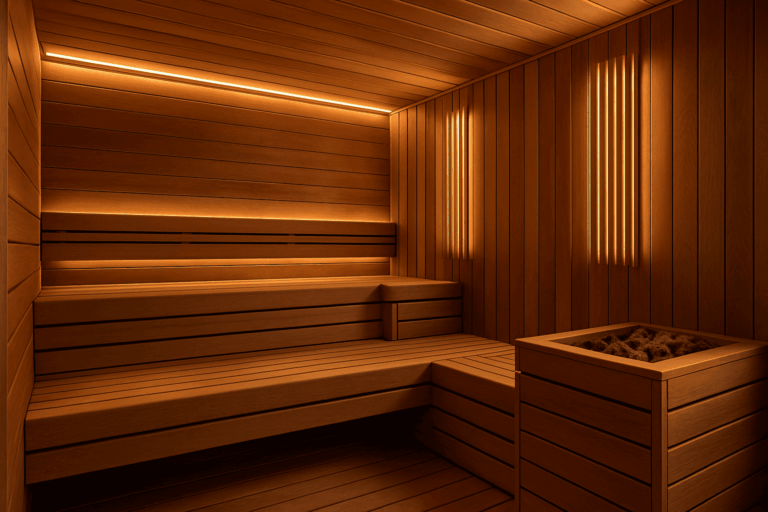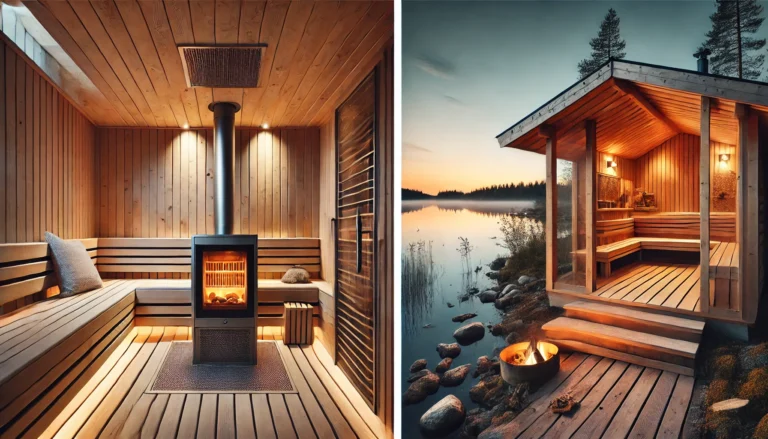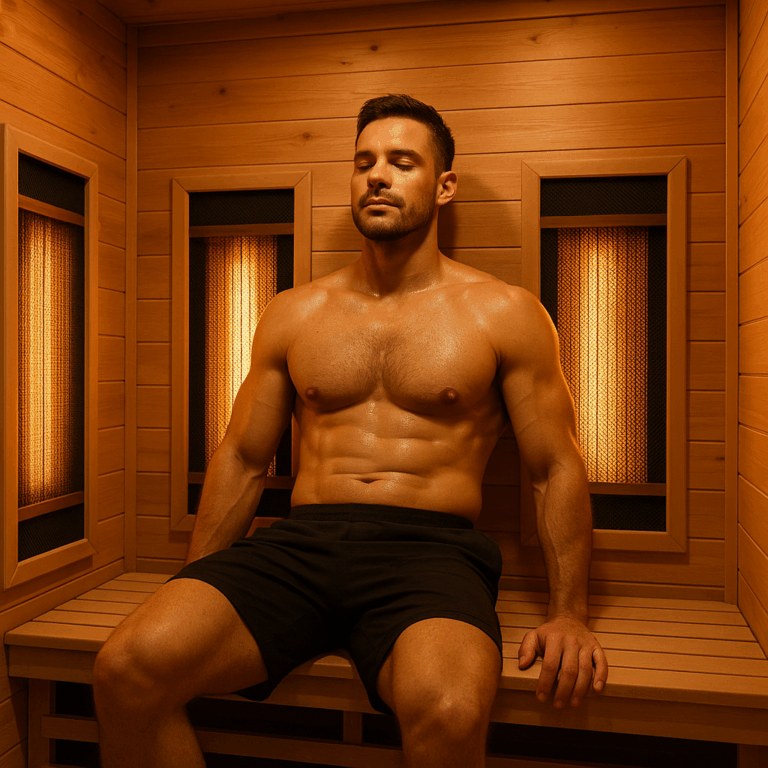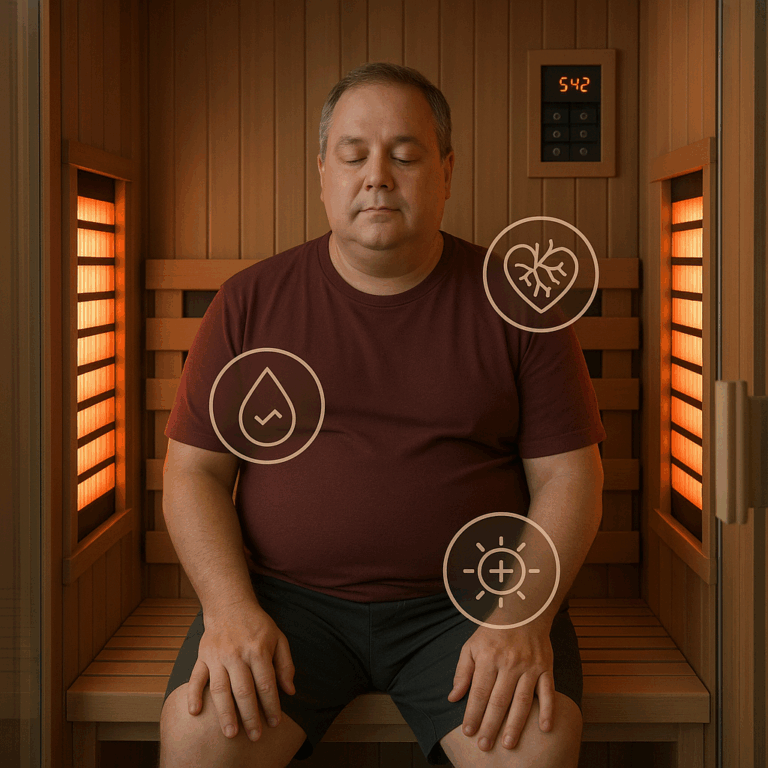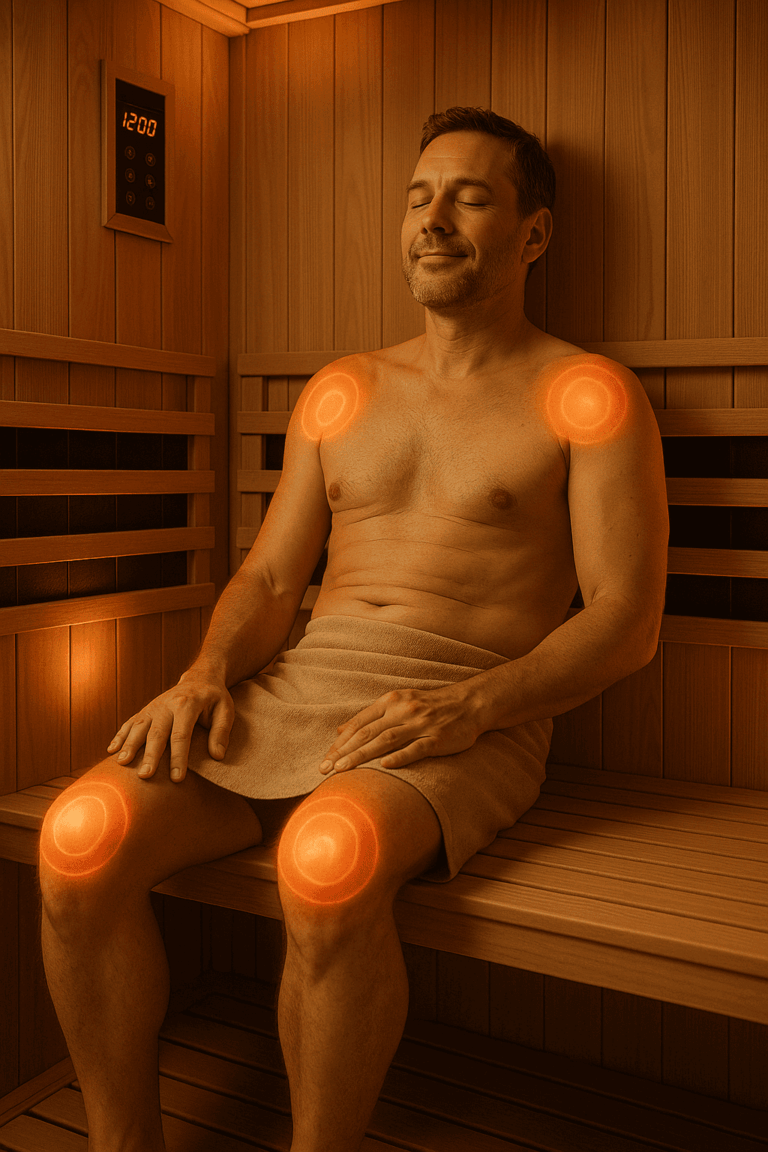
The Scandinavian sauna and the Russian banya are two of the oldest and most revered forms of heat bathing in the world. While they share similar health benefits—detoxification, improved circulation, and relaxation—they differ significantly in design, humidity levels, cultural rituals, and therapeutic approach.
Understanding these distinctions is essential for those choosing between the two or simply looking to appreciate the depth of each tradition. This article offers a clear comparison of Scandinavian saunas and Russian banyas across every major category.
Origins and Cultural Significance
Scandinavian Sauna
- Originates from Finland, with traditions dating back over 2,000 years
- Central to Finnish lifestyle and identity; most Finnish homes have a sauna
- Historically used for hygiene, childbirth, and social gatherings
- Seen as a place of quiet reflection, healing, and purification
Russian Banya
- Deep roots in Slavic and Eastern Orthodox culture
- Used as a communal and spiritual gathering place
- Central to family traditions, religious observance (e.g., Epiphany), and ritual cleansing
- Considered a place for vigorous health practices, including massage and herbal therapy
Summary: Saunas are ritualistically minimal and introspective; banyas are social, invigorating, and steeped in tradition.
Heat and Humidity Levels
| Aspect | Scandinavian Sauna | Russian Banya |
|---|---|---|
| Temperature Range | 170°F – 200°F (77°C – 93°C) | 130°F – 160°F (54°C – 71°C) |
| Humidity Level | Low (5%–20%) | High (40%–70%) |
| Steam Usage | Optional löyly (water on rocks) | Steam room with frequent water use |
| Ventilation | Well-ventilated | More enclosed to trap steam |
Scandinavian saunas are dry heat environments with optional steam bursts. Russian banyas rely on high humidity and moderate temperatures to create a dense, wet heat.
Construction and Materials
Scandinavian Sauna
- Built with softwoods like Nordic Spruce, Cedar, or Aspen
- Uses electric or wood-burning stoves with stones
- Simple benches, minimal décor
- Ventilation is a core part of design
Russian Banya
- Often built with log walls or thick wooden planks
- Uses a massive wood-burning stove (печь) with water tank
- Steam room (“парилка”) connected to washing and relaxation rooms
- Less emphasis on air exchange; focuses on steam retention
Summary: Saunas are typically minimalist and dry; banyas are multi-room, humid, and more rustic in construction.
Rituals and Practices
In the Sauna:
- Quiet contemplation
- Optional löyly (pouring water on stones)
- Alternating with cold showers, dips, or snow rolls
- Aromatherapy with essential oils or natural resins
- Session duration: 10–20 minutes, repeated 2–3 times
In the Banya:
- Use of venik (birch or oak branches) for platza massage
- Heavy sweating followed by cold plunges or snow baths
- Drinking tea, kvas, or herbal infusions between sessions
- Communal eating and socializing
- Can involve religious blessings or purification rites
Summary: Sauna sessions are introspective and calm; banya sessions are physical, social, and ritual-rich.
Health and Therapeutic Approach
| Benefit Area | Scandinavian Sauna | Russian Banya |
|---|---|---|
| Detoxification | Via dry sweat and pore cleansing | Via intense sweating and venik stimulation |
| Respiratory Therapy | Mild (with eucalyptus oils) | High (due to moist air and steam) |
| Cardiovascular Conditioning | Strong (with hot–cold cycles) | Strong (more emphasis on endurance) |
| Skin Rejuvenation | Moderate | Enhanced by high humidity and venik oils |
| Muscle Recovery | Passive heat therapy | Combined with manual stimulation (platza) |
Both traditions promote circulation and immunity, but banyas may be more intense for newcomers due to humidity and physical stimulation.
Equipment and Maintenance
Sauna Equipment:
- Requires stove (electric or wood), heat-proof benches, venting
- Easy to maintain, low humidity reduces mold risk
- Quick heat-up times (20–30 minutes)
Banya Equipment:
- Needs large stove, water tank, steam regulation
- Requires frequent cleaning due to humidity and biological materials (venik, water)
- Longer heat-up time (up to 2 hours for wood-burning stoves)
Summary: Saunas are lower maintenance and easier to install; banyas are more complex and time-intensive.
Availability and Installation Considerations
- Saunas are widely available in both modular and custom-built formats for home and commercial use. Infrared options provide even more convenience.
- Banyas are more common in Eastern Europe and Russia but are gaining popularity in North America via custom builds or prefab log kits.
Those seeking a low-maintenance wellness routine may prefer a sauna. Those interested in ritual, community, and deeper immersion may choose the banya.
Conclusion: Tradition vs. Experience
The choice between a Scandinavian sauna and a Russian banya depends on your wellness goals and cultural preferences.
- Choose a Scandinavian sauna for simplicity, dry heat, and meditative personal wellness.
- Choose a Russian banya for ritualized group sessions, herbal therapy, and a more immersive, dynamic experience.
Both systems offer profound benefits and are rooted in centuries of practice. Whether you seek quiet heat or vibrant tradition, understanding the key differences ensures a more meaningful connection to your chosen path of wellness.
